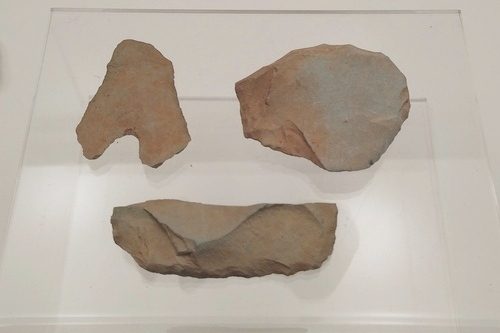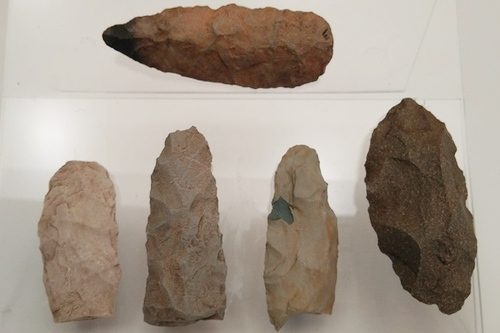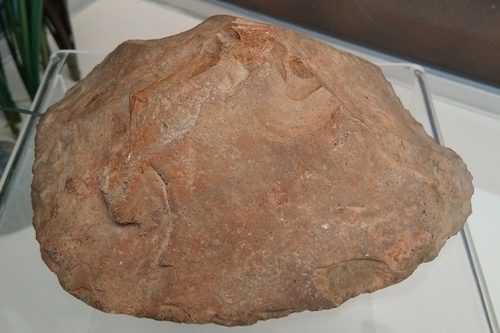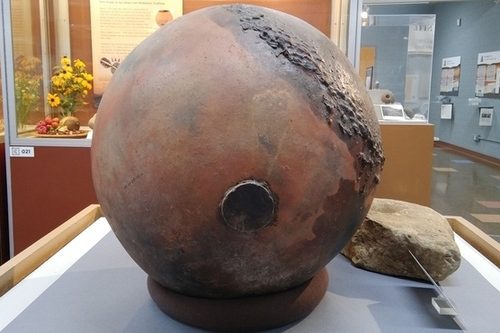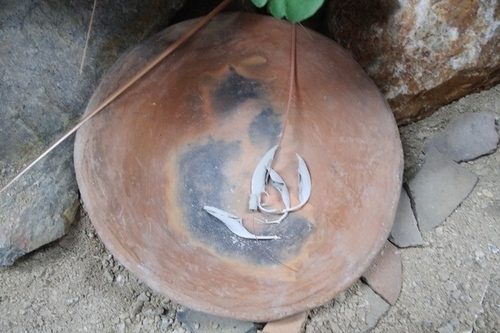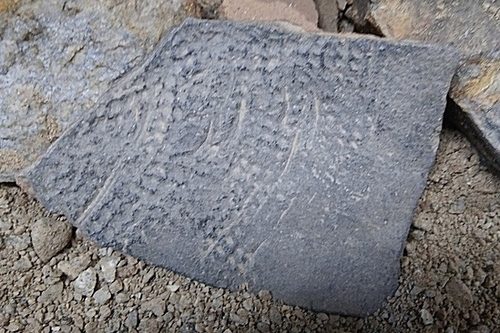Artifact of the Week: Flakes
Stone tools, or lithics, are the most common artifacts found at local prehistoric sites. There are two general lithic tool classifications in San Diego County: chipped stone and ground stone. The flakes above are examples of chipped stone. The best…
Artifact of the Week: Biface
A biface is any stone tool worked on both sides. However, archaeologists commonly used the term to describe tools that were made to used as knives or spear points. They would have been attached to wood or bone handles and…
Artifact of the Week: Stone Scraper
Just about everything we know about the people of the Early Holocene is based on stone tools found at archaeological sites. The people most likely had tools made of wood or bone, but these softer materials have disappeared over time.…
Artifact of the Week: Olla
This pot was discovered in Cleveland National Forest in 1968. Bees had created a hive above it and the beeswax dripped on the pot. The pot had a rock “lid” on top of it when it was found. At some…
Artifact of the Week: Bowl
Pottery is the first synthetic material that humans made. Essentially artificial stone, pottery is a mixture of clay, water, and temper, transformed by the application of heat. Pottery first appears in the archaeological record of San Diego about 1,000 years…
Artifact of the Week: Sherd with Basket Impression
The sherd above features cord marking, a surface decoration which involves pressing vegetal cordage or basketry into damp pottery. Since the archaeological record of San Diego County rarely includes preserved textiles, these impressions are an important source of information about…
